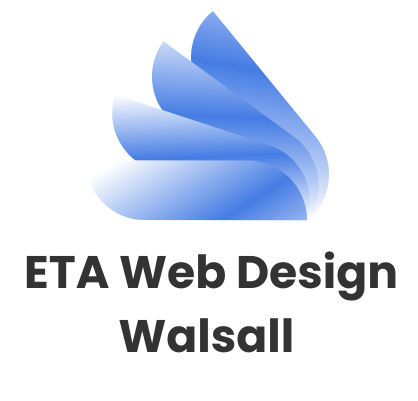Creating a professional website is one of the most valuable investments any small business can make. Whether you run a homeware brand, a health and wellness business, or a retail store, your website often shapes first impressions and drives conversions. However, the cost of web design can vary significantly depending on a range of factors. Understanding these elements can help you plan a project that delivers quality, functionality, and long-term value without unnecessary overspending.
Project Scope and Complexity
The overall scope of your website project is one of the biggest influences on pricing. A simple, brochure-style website with a few pages will naturally cost less than a feature-rich e-commerce platform with multiple product categories, secure payment gateways, and customer management systems.
Complex features—such as booking systems, membership portals, or interactive tools—require more time and technical expertise. Businesses in competitive sectors, such as retail or health and wellness, may also need advanced functionalities like custom product filters or data integrations, which can further increase website development costs.
Design Quality and Customization
Design is at the heart of any effective website. The more unique and tailored your site design, the higher the price tends to be. Custom designs that align with your brand identity and user expectations require professional input from designers who understand user experience (UX) and visual strategy.
A template-based website may appear cheaper initially, but it often limits flexibility and long-term scalability. On the other hand, investing in a bespoke design ensures that your website stands out, reflects your brand values, and delivers an engaging experience for users. While the
website design cost varies depending on how much personalisation is needed, a well-crafted design provides a strong foundation for digital growth.
Functionality and Features
The features you choose for your website have a major impact on the average cost of website design for small business. Each added function or integration requires more development time but also improves performance, usability, and customer experience. Below are key elements that often influence pricing:
- E-commerce tools: Shopping carts, payment gateways, and inventory systems for online stores.
- Customer engagement features: Chatbots, live chat support, and user review sections.
- Analytics and tracking: Dashboards that provide insights into visitor behaviour and sales performance.
- Content Management Systems (CMS): Platforms like WordPress or Shopify that make content updates easier.
- Advanced integrations: Subscription billing, appointment booking systems, or loyalty programmes.
Finding the right balance between must-have features for launch and optional add-ons for later growth helps keep costs manageable while ensuring scalability as your business expands.
Content Creation and SEO Integration
High-quality content is just as important as visuals and functionality. Many small businesses overlook the time and effort involved in writing engaging, SEO-friendly copy, sourcing professional images, or producing videos.
Content creation can make a noticeable difference to how your brand is perceived online and how well it performs in search engine rankings. Including basic on-page optimisation and keyword strategy as part of your project helps ensure that your site is discoverable and drives relevant traffic. This forms part of the cost to build a website, but it’s an investment that continues to pay dividends through improved visibility and user engagement.
Ongoing Support, Hosting, and Maintenance
After your website goes live, ongoing management becomes essential to keep it secure, fast, and fully functional. Regular maintenance not only prevents technical issues but also protects your investment. Below are the main areas that influence ongoing costs and performance:
- Website updates: Routine software and plugin updates to maintain compatibility and security.
- Data backups: Scheduled backups to safeguard your website against data loss or corruption.
- Performance monitoring: Continuous checks to ensure fast loading speeds and optimal uptime.
- Hosting quality: Reliable hosting services that provide stability, scalability, and protection from downtime.
- Security management: SSL certificates, malware scanning, and system patches to keep data safe.
- Technical support: Access to expert help for troubleshooting, advice, and website improvements.
Factoring these essentials into your plan may slightly increase the total cost of web design, but it guarantees long-term reliability and peace of mind for your business.
The
cost of web design depends on several key factors, including the scale of your project, the level of design customisation, and the functionality you need. Additional elements such as content creation, SEO, hosting, and maintenance also play crucial roles in determining the final investment.
For small businesses, particularly those in homeware, wellness, or retail sectors, a well-designed website isn’t just a marketing tool—it’s a platform for growth. By understanding these influencing factors and working with an experienced team, you can achieve a balance between affordability, performance, and long-term value.
At
ETA Web Design Walsall, we specialize in creating modern, results-driven websites tailored for small businesses. Our team combines creativity with technical precision to deliver sites that look exceptional and perform seamlessly across all devices.
We focus on helping brands grow by providing clear pricing, strategic SEO integration, and ongoing support that ensures lasting success. Whether you need a simple showcase site or a full-featured e-commerce platform, we’ll guide you through every step of the process with transparency and professionalism.
Don’t miss it on X: Cost of web design – key factors every small business should know!




